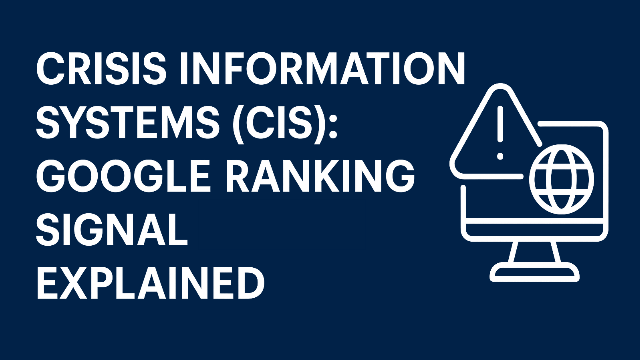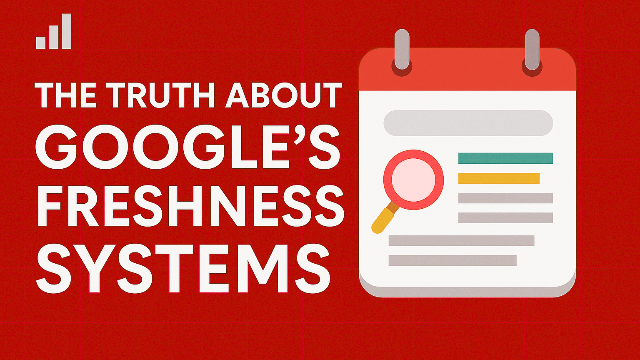Future of SEO after AI Overviews – Is Actually SEO Dead?
Ever since Google announced its AI-powered Search Generative Experience (SGE) and rebranded it as AI Overviews, the SEO community has been buzzing—and not in a good way. Uncertainty, panic, and a flood of myths have taken over discussions.
So, where is SEO headed?
Let’s decode the real future of search, rankings, and visibility in the AI era—and what will actually matter moving forward.
SERP Is Dying, But SEO Isn’t
The traditional Search Engine Results Page (SERP)—where blue links, snippets, and featured boxes ruled—is slowly fading. In the new AI mode, you don’t get 10 links anymore. You get answers. These are generated summaries pulled from various websites, shown before ads, snippets, or maps.
That’s right. The user gets their answer before they even see your link.
So, is this still a SERP? Not really. It’s becoming an Answer Engine, not just a Search Engine.
But here’s the good news: SEO isn’t dead. It’s evolving.
The Shift in SEO’s Purpose
Forget the blog traffic race for a minute. Think about why SEO exists—to bring leads, book appointments, or drive sales. That hasn’t changed.
Google won’t start selling your products or booking appointments on your behalf. It still needs businesses like yours. What has changed is the route the customer takes.
If earlier your site got 1,000 clicks to get 100 leads, now you may get 500 clicks and still generate 100 leads—if your strategy is tight.
Fewer clicks. Same revenue. It’s all about intent optimization now.
Say Goodbye to Informational Blog Posts
Informational content is losing its visibility.
Google and ChatGPT have already consumed the entire internet—good, bad, factual, biased—and built powerful language models. They no longer need your how-to blogs or “what is” guides to serve users.
Writing the same content again won’t help. Even top-quality blog posts are being ignored in AI Overviews.
The AI doesn’t care about your content freshness or author bio. It cares about how semantically relevant your content is to the query, user intent, and even the user’s search history.
It’s Not About Rankings Anymore—It’s About Visibility
In AI Overviews, websites appear in carousel cards—not in ranked positions.
That means position #1, #2, and #3 are technically all first, but the first visible card gets the most attention. Your title and meta description may not even be visible unless the user swipes.
If your headline doesn’t grab, you don’t get clicked.
So instead of writing titles like “Best Dentist in Rajouri Garden,” write something that offers a direct value like “Book Now – Get 30% Off on Dental Checkup.”
In AI-first search, you must give people a reason to click—instantly.
Branding: The Hidden Ranking Signal
Here’s a truth bomb—AI search respects your brand.
Websites that already have strong branding and user history are more likely to appear in AI Overviews. If users have visited your site before, Google recognizes your brand as trustworthy.
That means you need to:
- Be visible on social media
- Get direct visits from loyal users
- Create an identity that people remember
- Forget just keywords. Focus on brand recall.
Title Tags, Content, and Backlinks Are Losing Weight
Let’s break some traditional SEO myths:
Title & Description Optimization: Losing impact. They are often hidden under AI-generated summaries.
Informational Content: Not worth the effort unless highly specific and actionable.
Backlinks: Only backlinks from reputed sources matter now. Forum links and spammy directory listings are a waste of time.
SEO is no longer about fooling Google’s algorithm. It’s about earning user trust and being the best semantic match.
What Should SEOs Focus on Now?
The new age SEO strategy is clear:
- Optimize Money Pages
Focus on pages that directly lead to conversions. Improve their UI, load speed, and persuasive power. - Craft Emotionally Compelling Titles
Use hooks that offer real benefits, not just keywords. - Strengthen Your Brand Identity
Build presence across platforms. Let people see your name everywhere. - Engage Returning Visitors
Create experiences that keep users coming back. Retention > Reach. - Forget Volume—Focus on Intent
You don’t need more traffic. You need more qualified traffic.
Final Thoughts: SEO Isn’t Dead, It’s Different
This isn’t the first time SEO has shifted.
Remember the Penguin and Panda updates? They killed spammy content and gave rise to quality SEO. Now, we’re seeing another pivot—this time led by AI and user personalization.
Your real competition isn’t Google. It’s still your business rivals.
Adapt faster than them, and you’ll win. Refuse to change, and you’ll be left behind.
SEO is evolving into Experience Optimization, not just Search Engine Optimization.
Learn, adapt, and keep practicing—because this game is far from over.




